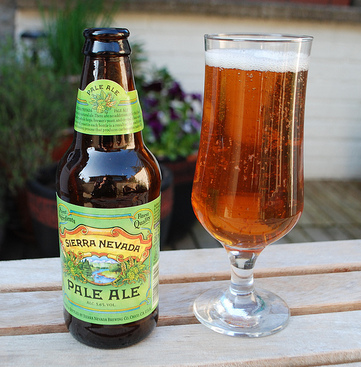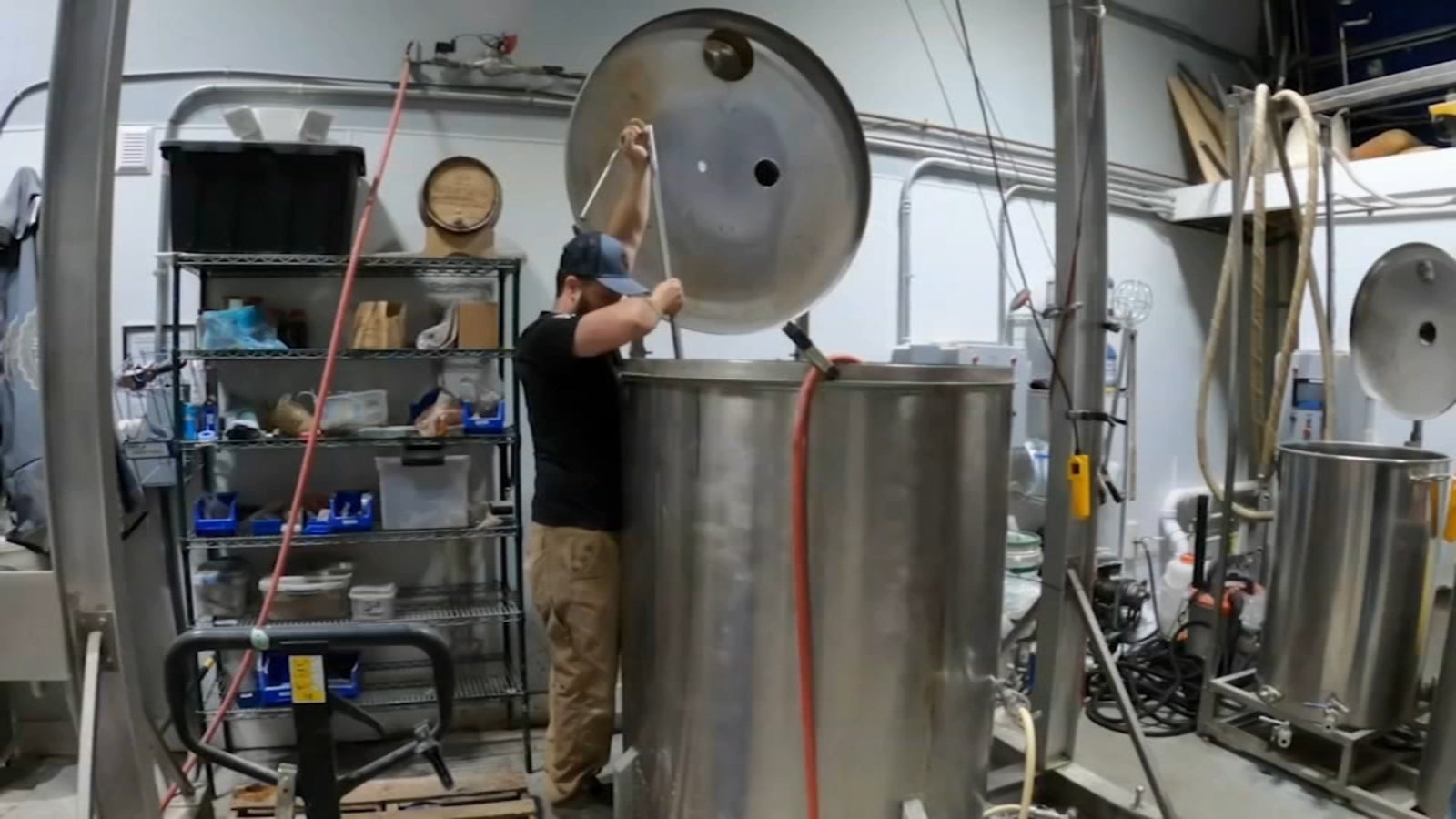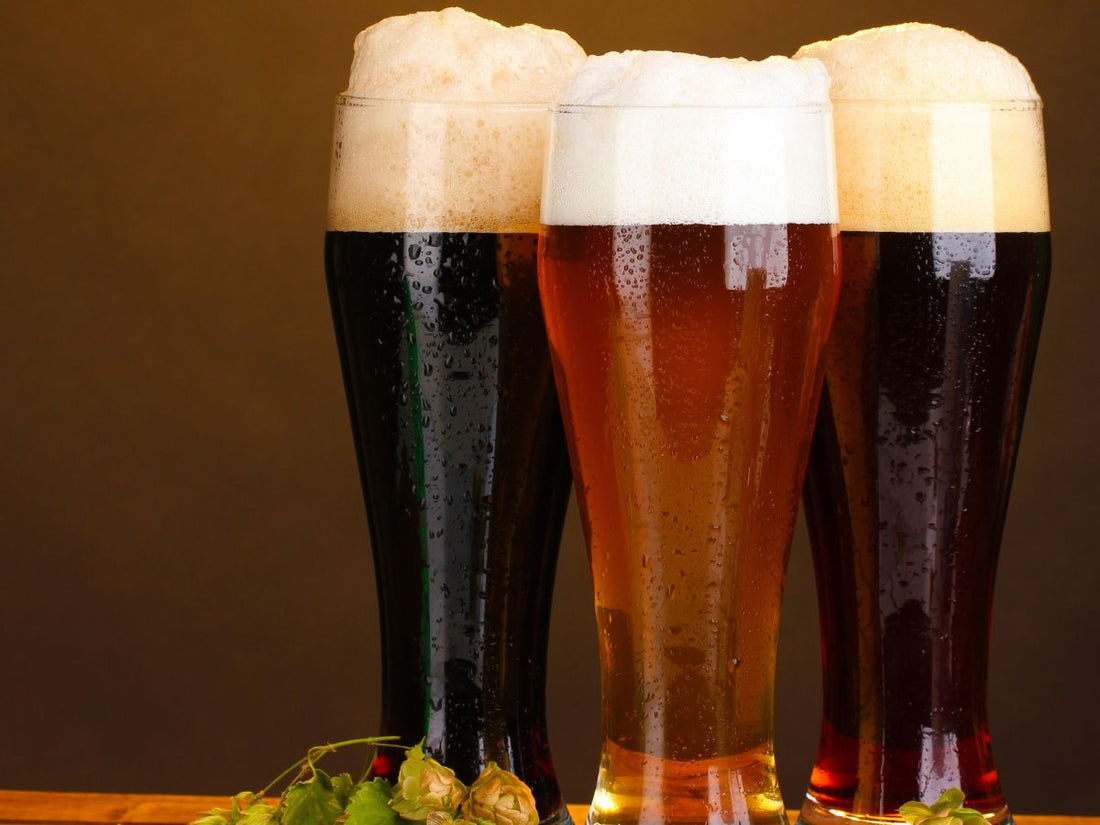Seawall Bar: Enjoy Drinks with Stunning Sea Views in Galveston
Seawall Bar: Enjoy Drinks with Stunning Sea Views in Galveston
Blog Article
Grasping the Craft of Distillation: a Deep Study Distillery Traditions
Checking out the intricate art of purification unveils a globe soaked in classic traditions that have formed the spirits we enjoy today. From the old origins of purification methods to the contemporary development of distillery equipment, each action in the process brings with it a rich tapestry of history and experience. As we look into the fragile equilibrium of traditional versus contemporary distilling methods and discover the relevance of key components, a deeper understanding arises of the profound effect distillery traditions have on the spirits we enjoy.
Origins of Distillation Techniques
The growth of distillation strategies has an abundant background that traces back to old human beings. The beginnings of purification can be linked to very early civilizations such as the Mesopotamians, Egyptians, and Greeks. These old societies utilized fundamental purification approaches for perfumery, medicine, and creating alcoholic drinks. The concept of separating elements based upon their various boiling factors laid the structure for the advanced purification procedures we have today.
The earliest proof of distillation days back to around 3000 BC in Mesopotamia, where clay pots were made use of to boil down fragrances and aromatic oils. The Egyptians further advanced these techniques, making use of purification for embalming methods and medical functions. The Greeks, especially numbers like Aristotle and Hippocrates, contributed to the theoretical understanding of distillation.
Over time, distillation infect regions like India, China, and the Center East, each society adding its distinct touch to the craft. The advancement of distillation techniques continued with the Center Ages and the Renaissance, ultimately resulting in the diverse selection of purification processes employed in modern-day distilleries worldwide.
Advancement of Distillery Tools

With improvements in modern technology and a deeper understanding of the purification procedure, contemporary distilleries now use a variety of innovative equipment to produce spirits of the finest. Today, purification equipment includes column stills, reflux stills, and hybrid stills, each created to deal with certain distillation requirements. These modern stills use much better temperature level regulation, increased distillation precision, and greater performance in separating alcohol from pollutants.
Along with stills, distilleries now utilize innovative condensers, fermenters, and filtration systems to further improve the distillate. The development of distillery equipment continues to play an important function in forming the varied series of spirits readily available out there today.
Standard Vs. Modern Distilling Practices
Alternatively, modern distilling practices take advantage of advanced innovation and innovation to improve production procedures and improve uniformity. Automated systems, electronic controls, and state-of-the-art tools enable contemporary distilleries to generate spirits much more successfully and with higher accuracy.
While typical distilling practices are pop over to this web-site cherished for their heritage and the special flavors they generate, modern methods provide benefits in regards to scalability, quality assurance, and sustainability. By integrating scientific developments and modern engineering, distillers can optimize production, decrease waste, and meet the demands these days's market better. Eventually, the option in between traditional and contemporary distilling techniques often depends upon the distillery's objectives, values, and target audience.
Key Components in Purification Process
Within the craft of purification, the option of vital active ingredients plays a vital role in figuring out the taste account and high quality of the spirits produced. The main active ingredients utilized in the purification process are typically water, yeast, and a fermentable resource such as grains, fruits, or sugarcane.
Water is a basic great site component as it not just dilutes the alcohol web content to a palatable degree but also affects the total mouthfeel and structure of the spirit. The quality and mineral web content of the water made use of can substantially influence the last item.
Yeast is another important active ingredient that converts the sugars existing in the fermentable resource right into alcohol with the process of fermentation. Various pressures of yeast can produce differing flavors and aromas, adding to the unique features of the spirit.

Effect of Distillery Traditions on Spirits
The influence of historical distillery traditions on spirits prolongs past the option of crucial active ingredients, shaping the extremely significance and character of the last distilled items (Galveston Whiskey). These traditions, passed find this down with generations, play a vital duty in specifying the one-of-a-kind taste accounts and qualities that identify one spirit from one more
Distillery customs include a variety of practices, from the particular techniques utilized in distillation to the choice of aging procedures employed. The usage of traditional copper pot stills in bourbon production is thought to pass on particular flavors and qualities that are highly valued by aficionados. The aging of spirits in oak barrels, a method deeply rooted in distilling customs, adds to the development of complex fragrances and tastes over time.

Conclusion
From the origins of purification strategies to the contemporary techniques, the effect of distillery traditions on spirits is undeniable. Distillery traditions play a vital role in forming the spirits market and protecting the heritage of purification methods.
Throughout the history of distillation, the devices made use of in distilleries has gone through significant advancement to boost effectiveness and top quality of the distillation procedure.With advancements in innovation and a deeper understanding of the purification procedure, modern-day distilleries now use a range of advanced devices to produce spirits of the highest quality. Today, distillation equipment consists of column stills, reflux stills, and hybrid stills, each made to provide to details distillation needs. From the beginnings of distillation techniques to the modern techniques, the influence of distillery traditions on spirits is obvious. Distillery customs play a vital function in shaping the spirits industry and protecting the heritage of distillation practices.
Report this page